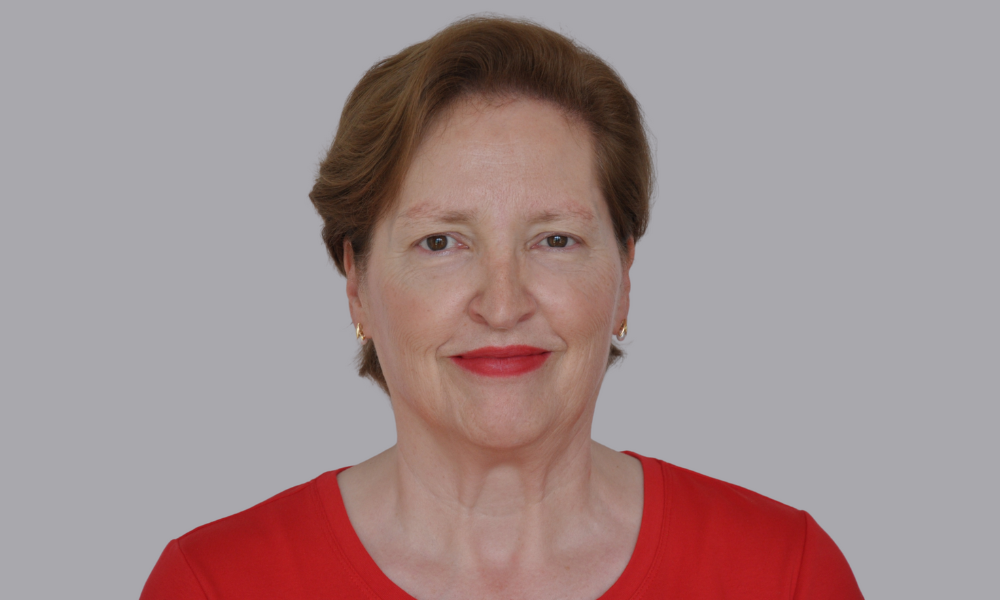Former advisor explains how results-based assessment benefits women advisors, and why motherhood shouldn’t get in the way of success

Whether it’s due to systemic bias or an unconscious old boys’ prejudice, the glass ceiling has always been a major barrier for women looking to advance the financial services industry. But according to a veteran of the wealth space, those looking to become an advisor have at least one thing working in their favour.
“One of the best things about being a woman advisor in our business, frankly, was the fact that you didn't really have a ceiling,” says Christine Timms, a former advisor, author and practice management expert. “If you decide you want to be an advisor and build your business, nobody could just say, ‘you're a woman, so I'm not going to consider you for a promotion.’”
‘It was all clearly measured’
In Timms’s experience, women who get into the advice business could just go out and find clients to work with. As long as clients continued to want to work with that advisor and the client base grew, she says, the prospects for success weren’t limited.
“You weren’t waiting for someone to give you clients. You’d go find your own,” she says. “It's like having your own business within a business, which was the best part about it from my point of view. I could work as hard as I wanted to, and there was nothing to stop me from welcoming more clients and treating them well enough so that they referred more people to my practice.”
Another bonus from being in the business came from clear-cut, objective measures of performance used to evaluate advisors. Regardless of their gender, Timms says, advisors were paid based on objectively quantifiable financial metrics.
“It’s all very clearly measured in dollars and cents. … ‘What’s your AUM? What’s your revenue?’ It was black and white, visible proof of your success,” she says. “You are what you are, and the playing field is what it is. But the very fact that you could demonstrate your success in that inarguable way in this industry, to me, is a big advantage.”
A ‘disappointing’ inequality
As Timms is quick to acknowledge, the workplace of wealth was tilted against women in other ways. Among numerous obstacles, she recalls how she’d often find herself as “the only woman in the room.” At the first branch she joined as an advisor, she remembers around 20 advisors, only one of whom was female; that woman left before her first day on the job.
“That was pretty normal,” Timms says. “There weren’t a lot of women advisors, and there still are not.”
According to a recent report by Investor Economics, a division of ISS Market Intelligence, female advisors represented 15% of all advisors in Canada’s full-service brokerage channel in 2015. There’s been precious little progress made since then as female advisor representation increased to 18% in 2022.
“It's very disappointing to me that our industry still has such a small number of women advisors,” Timms laments. “Back then, older clients were often surprised that a woman was assigned to advise them when their advisor left. Some loved it, but I remember one instance when someone actually asked for a man.”
Among the impediments to attracting more female advisors, the Investor Economics report cited “the industry perception of being male-dominated, lack of awareness of the opportunities in financial services, and concerns surrounding the direct drive model and maternity leaves when building a business.”
Baby bump = career speed bump? Not really
Maternity can be a major obstacle to many women advisors’ professional success, as it could force them to step away from the business of caring for their clients. But based on her own lived experience, Timms counsels others to not be discouraged and instead take a proactive planning approach.
“I was 45 when my son was born, so I had already been in the business for over 15 years. I’d achieved a significant level of success, and I had built a solid team,” she says. “You can’t just walk away from your clientele for a nine-month pregnancy leave, because you’d be weakening your relationships with them.”
As Timms tells it, her clients already knew her team members, and she’d set up a system that let her work from home. It was only in the last couple of months of her pregnancy when she felt too uncomfortable that she decided to not do in-person meetings, though she remained available by phone and her team carried most of the workload.
She suggests that in today’s world, virtual meetings would satisfy the need to meet clients for those few months. She also points out that an advisor has always had the freedom to leave work mid-day to attend child events or work from home when the need arises.
“For women who want to have a family and enter the business, I’d say start in the industry as early as you can, and work on building a team to take care of things while you’re away,” she says. “If you’re just joining a team, still taking your courses to learn the business, and don’t have your own clientele, that’s perhaps an ideal time for maternity too.
“You should really be able to have kids and be an advisor. You just have to be smart and work hard at the beginning,” Timms says. “You want to be home for your kids to a certain extent, for sure. Also, keep in mind that advisors with daughters will likely want to set an example as a hard-working, successful female professional.”
Christine explains various career paths in her Business Models for Financial Advisors book in her chapter called “Advisor Compensation and Career Paths”.



